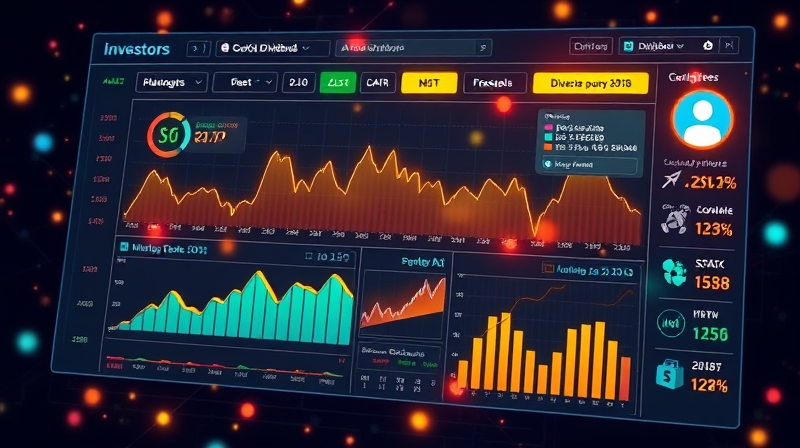
In an era defined by rapid market shifts and evolving client expectations, the ability to deliver actionable intelligence at scale has become a critical differentiator for wealth managers. Generating portfolio reports that go beyond static numbers and charts empowers investors to make informed decisions aligned with their unique goals. By leveraging the latest advancements in AI and data visualization, firms can produce highly tailored insights for every client, fostering deeper engagement and strategic alignment.
As portfolios grow more complex—with exposures spanning global equities, fixed income, alternatives, and ESG assets—traditional reporting models struggle to keep pace. Clients demand real-time scenario analysis and personalized guidance, not just historical performance. This shift has given rise to hybrid approaches that combine standardized data pipelines with flexible, client-centric narratives. Whether organizing portfolios by product, service, or risk profile, organizations need hybrid reporting frameworks that adapt quickly to evolving landscapes.
The financial ecosystem in 2025 is marked by high volatility and rapid technological change. US equity markets experienced a 20% drawdown early in the year before rebounding strongly, underscoring the importance of diversification as a risk mitigation strategy. At the same time, non-US equities outperformed domestic peers, highlighting the need for global perspective and dynamic rebalancing.
Organizations are adopting a mix of Agile, Waterfall, and Scaled Agile models to manage distinct portfolio types, from IT assets to high-growth startups. This has driven demand for reporting tools that support adaptive workflows and collaborative decision-making. Instead of monolithic quarterly reports, stakeholders receive continuous, event-driven updates triggered by market movements, performance thresholds, and client-specific triggers.
At the heart of modern personalization lies AI and machine learning. Predictive algorithms analyze historical data to forecast potential outcomes, while recommendation engines propose portfolio adjustments based on risk tolerance, time horizon, and individual preferences. With AI-powered predictive analytics and insights, advisors can guide clients through complex market scenarios and identify opportunities before they become mainstream.
Integrated digital platforms consolidate data across custodians, trading systems, and research feeds. Clients gain access to self-service portals and mobile apps featuring intuitive dashboards. Automated alerts notify users of threshold breaches—such as drawdown limits or concentration risks—at the moment they occur. This seamless, omnichannel delivery of insights enhances transparency and strengthens trust between advisors and investors.
Personalized portfolio reports are multi-dimensional documents that blend quantitative metrics with narrative analysis. Below is a concise overview of essential report components:
By presenting these topics in a structured, visually engaging format, reports become more than just data repositories—they become action-oriented roadmaps for investors. Interactive charts and drill-down features allow clients to explore each section at their own pace.
To maximize the value of personalized reports, firms should adhere to a set of proven best practices. These guidelines ensure that reports not only inform but also drive client actions and strengthen long-term relationships.
Actionable reporting goes beyond performance summaries. Each insight should be accompanied by recommended next steps—whether that means rebalancing, tax-loss harvesting, or exploring new thematic opportunities.
As AI models continue to evolve, we can expect portfolio reporting to become even more anticipatory. Natural language generation will produce narrative summaries that read like personal investment letters. Voice-activated AI assistants may walk clients through monthly performance, answering questions in real time and providing on-the-fly scenario analysis.
More sophisticated integrations with alternative data sources—such as satellite imagery for commodity exposure or sentiment analysis from social media—will enrich the storytelling capabilities of reports. Ultimately, the goal is to create truly immersive investor experiences that bridge the gap between raw data and strategic decision-making.
By embracing these innovations, wealth firms can deliver portfolio reports that resonate emotionally and intellectually, fostering lasting client loyalty and sustainable growth. In a competitive market, personalized insights are not just a value-add—they are a necessity for forward-thinking advisors and investors alike.
References













